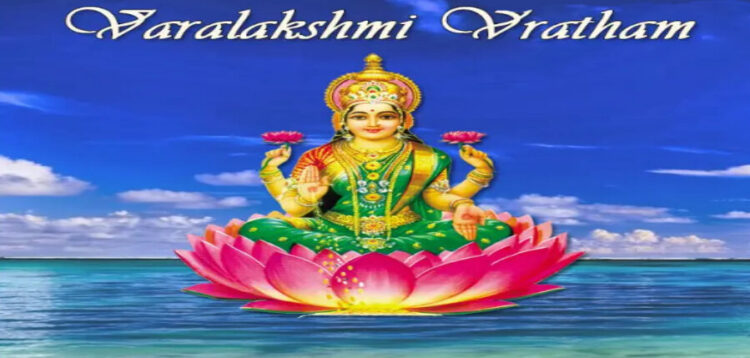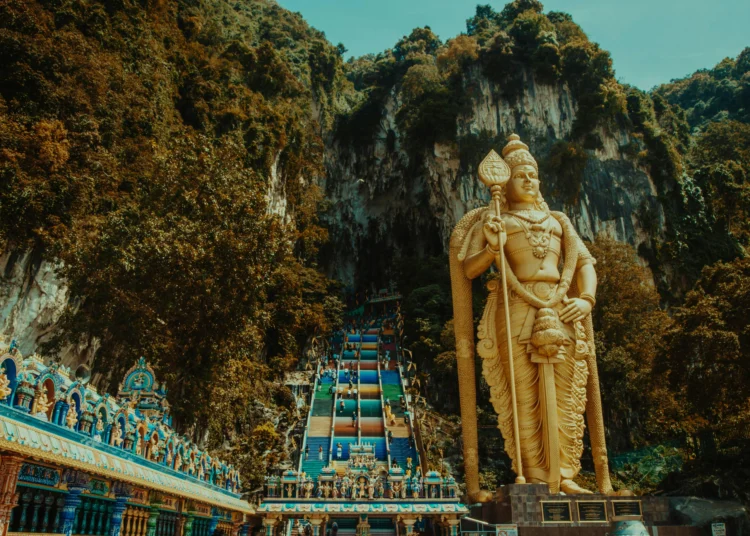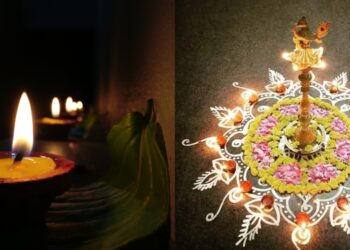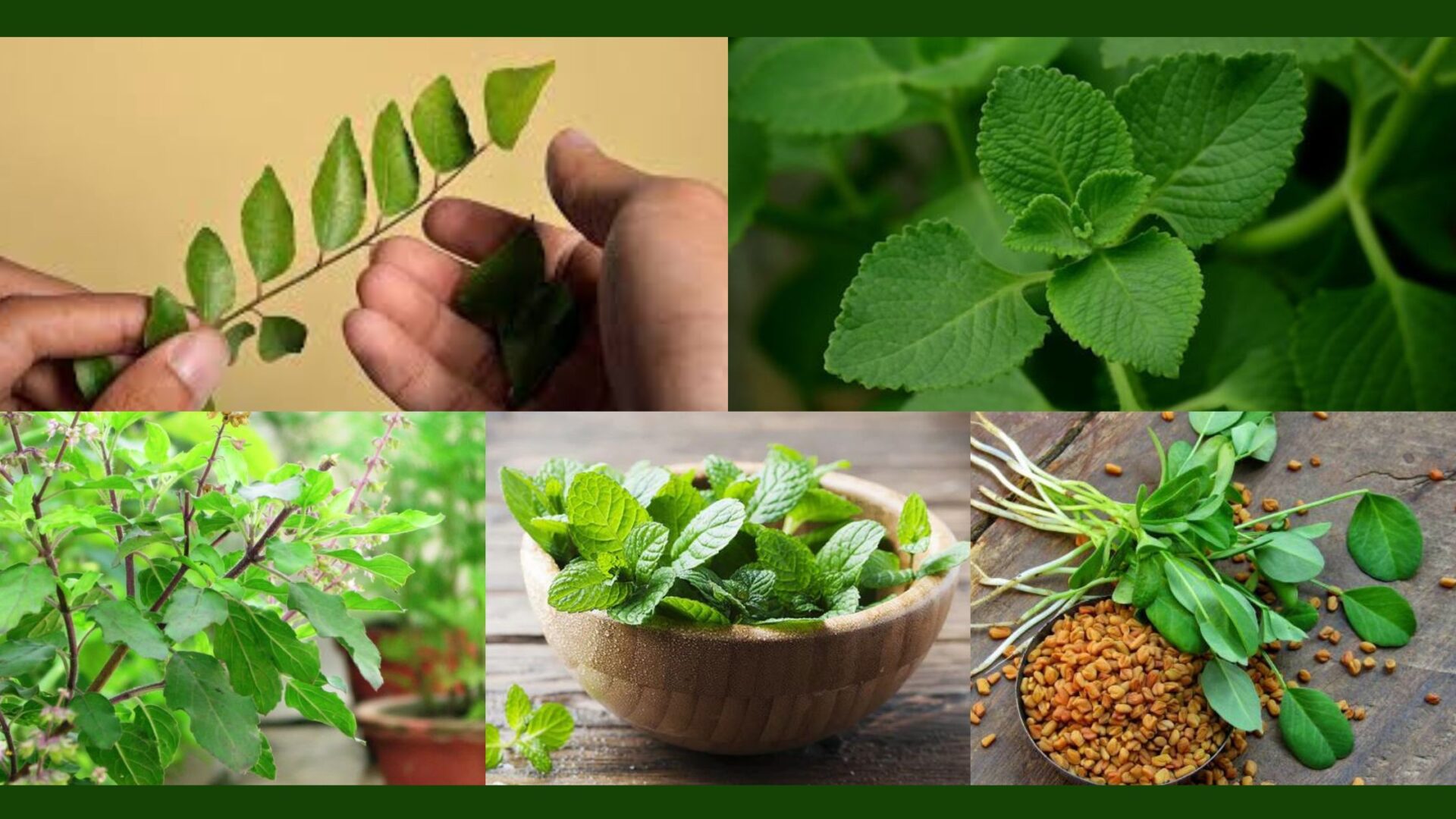Hindu religion is a religion with diverse cultures and traditions, where festivals play a crucial role in connecting people to their roots and spirituality. One such significant religious festival is Varalakshmi Vratham, a day dedicated to the worship of Goddess Lakshmi, the deity of wealth and prosperity. This auspicious occasion holds deep cultural and spiritual importance, as it is observed with great devotion and enthusiasm by millions across the country. Varalakshmi Vratham falls on 25th August this year.
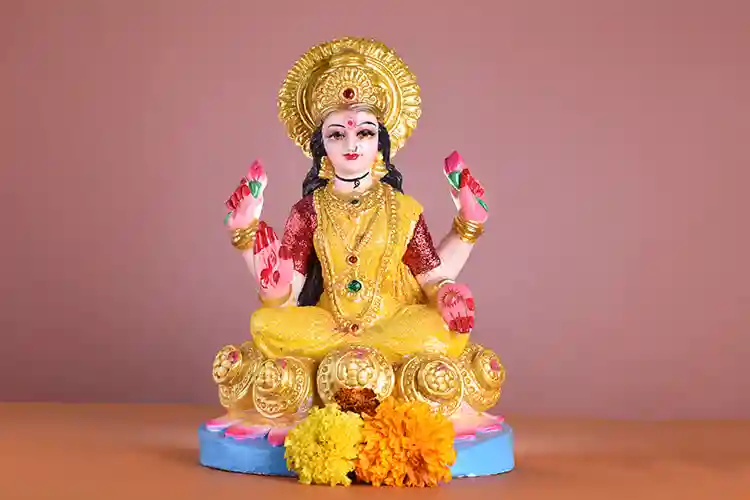
Origin of Varalakshmi Vratham
This ritual, known as Varalakshmi Vratham, was prescribed by Lord Parameswara for his consort Parvathi as a means to invoke prosperity and joy for their family. According to legend, Goddess Parvati herself undertook a fast to secure the well-being of her beloved consort and the happiness of her family. Since that sacred moment, this practice has evolved into a cherished tradition, particularly among women in South India, who observe the Varalakshmi Vratham during the month of Aavani. In certain instances, this observance is also associated with prayers for the gift of children.
Significance of Varalakshmi Vratham
Varalakshmi Vratham goes beyond the quest for material wealth. It underscores the importance of spiritual wealth, righteousness, and gratitude. The festival promotes unity within families and communities, as it is often observed collectively. It also highlights the central role that women play in preserving and passing on cultural traditions, as they are usually the ones who perform the rituals.
Celebration of Varalakshmi Vratham
The preparations for Varalakshmi Vratham begin a day before the actual puja. Devotees clean their homes, decorate their puja rooms, and create an ornate “kalasha” (a pot) adorned with turmeric and vermilion. The “kalasha” symbolizes the presence of Goddess Lakshmi.
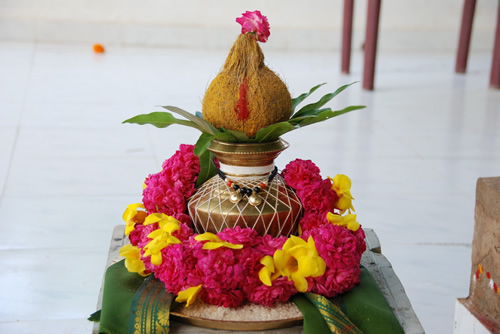
On the day of the puja, women, especially married ones, wake up early, take a holy bath, and wear traditional attire. They then proceed to set up the puja area with intricate rangoli designs and place the kalasha surrounded by a bed of rice. The idol or image of Goddess Lakshmi is placed on the kalasha, and the pooja commences with the chanting of sacred hymns and mantras dedicated to the goddess.
Offerings of fruits, flowers, coconut, betel leaves, and traditional sweets are made to the deity. Devotees also offer their prayers for the well-being of their families, friends, and loved ones.
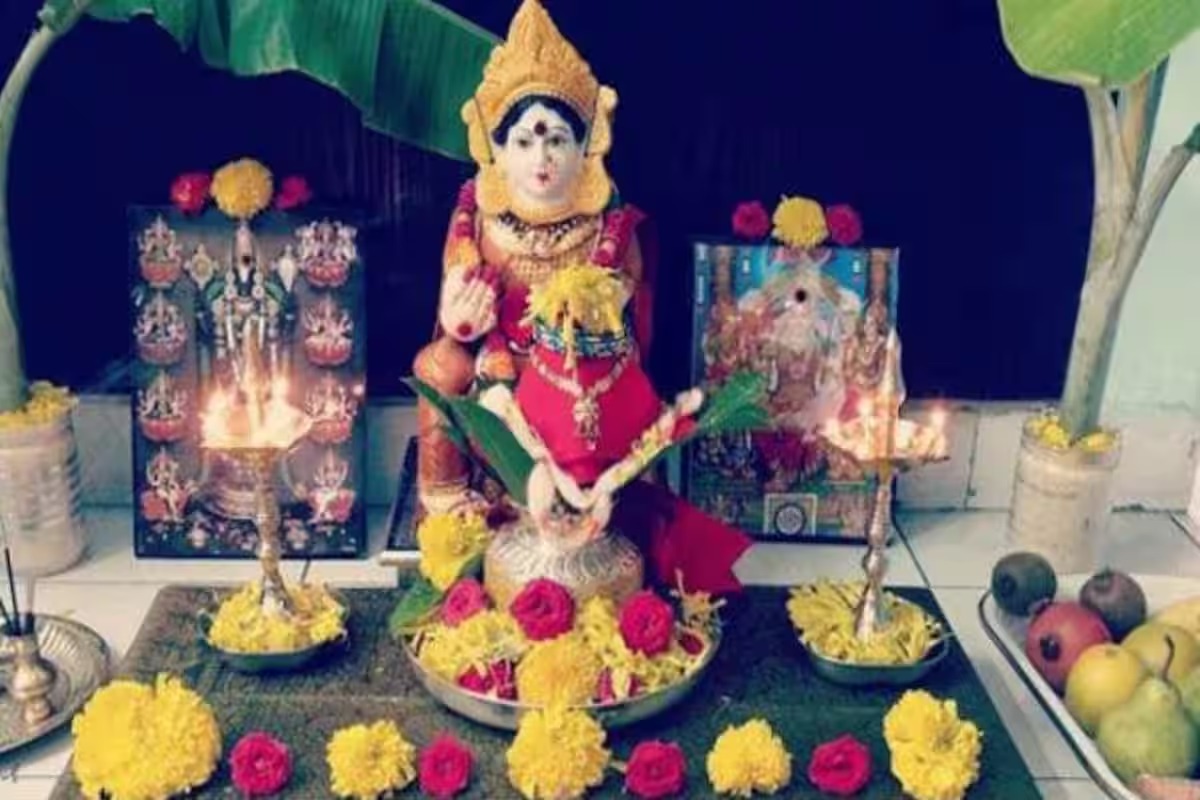
Cultural Diversity
While Varalakshmi Vratham is prominently celebrated in South India, it has transcended regional boundaries and is now observed across the country and even in various parts of the world. Many Amman temples in Malaysia are performing Varalakshmi Vratham special prayers. All the women will be participating in the special prayers which takes place in temples.
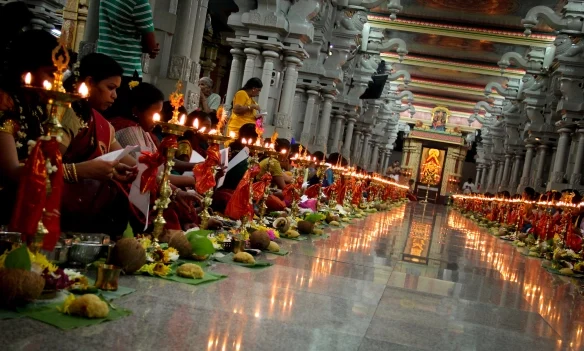
Varalakshmi Vratham stands as a testament to Indians rich heritage and religious diversity. It encapsulates the essence of devotion, family bonding, and cultural continuity. This festival serves as a reminder that seeking the blessings of Goddess Lakshmi goes beyond material gains; it is a celebration of inner wealth, righteousness, and the shared values that bind communities together. As devotees partake in the rituals with heartfelt reverence, Varalakshmi Vratham continues to be a cherished occasion that fosters spiritual growth and prosperity in its truest sense.
Source: Ganesha Speaks
Follow us on Instagram, Facebook or Telegram for more updates and breaking news.


